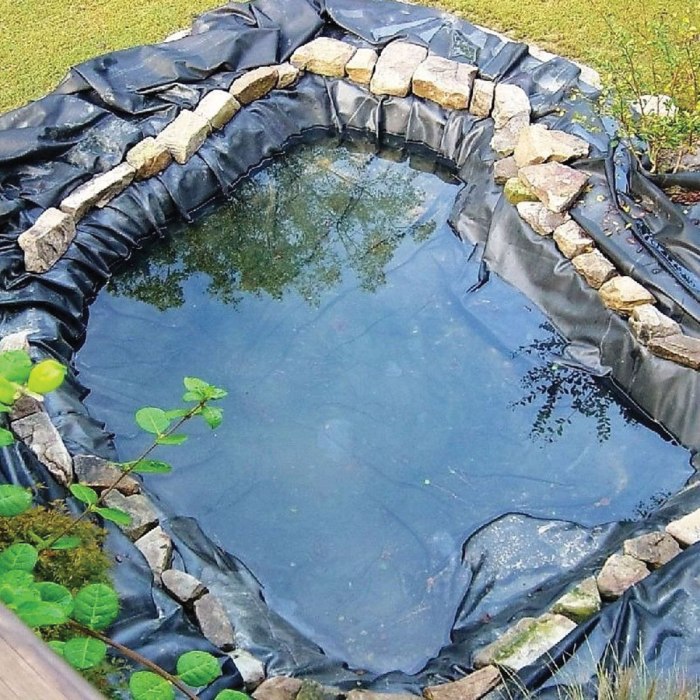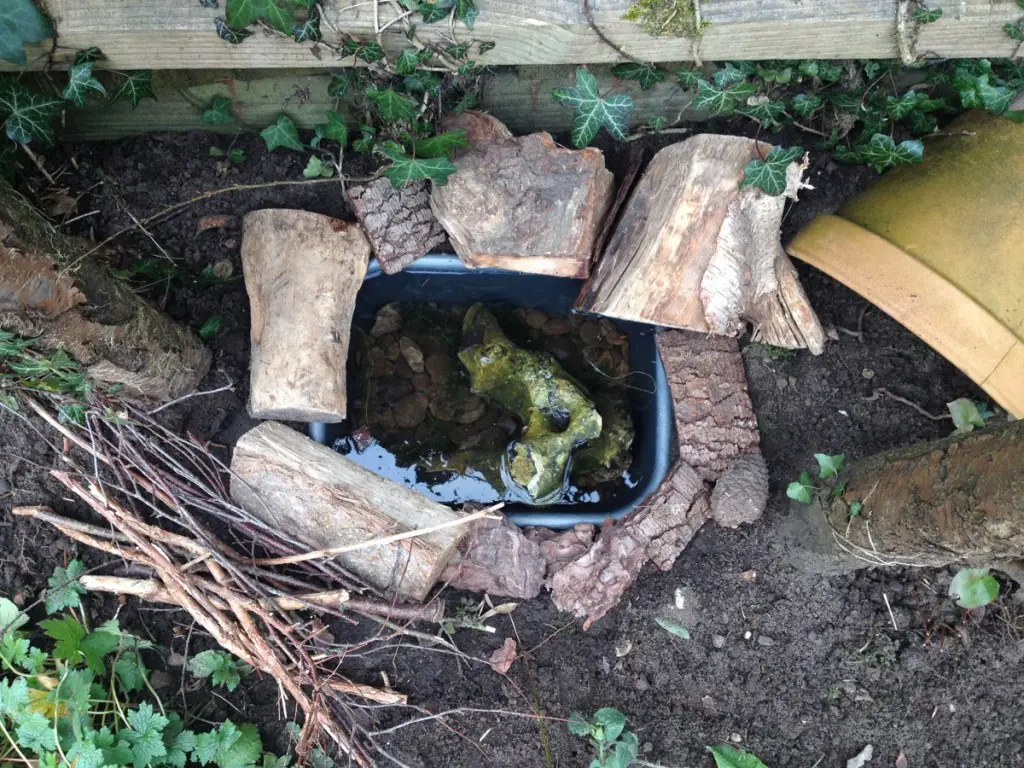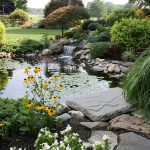Welcome to our comprehensive guide on how to make a frog pond! Having a frog pond in your backyard can be a wonderful way to attract wildlife and create a peaceful outdoor oasis. Not only will it provide a habitat for frogs and other aquatic creatures, but it can also add beauty and serenity to your garden. Let’s dive into the steps to create your very own frog pond.
Step 1: Choose the Location
The first step in creating a frog pond is to choose the right location. Select a spot in your yard that receives a good amount of sunlight and shade throughout the day. Frogs need both sun and shade to regulate their body temperature effectively. Additionally, make sure the area is easily accessible for maintenance.
Step 2: Digging the Pond
Once you’ve chosen the location, it’s time to start digging the pond. Use a shovel to excavate the area, keeping in mind the size and depth you want for your pond. A depth of around 2 feet is ideal for attracting frogs, providing them with a suitable environment for breeding and hibernating.

Credit: scoutlife.org
Step 3: Shape the Pond
After digging the pond, shape it to create varying depths and shelves. Frogs require different water depths for different stages of their life cycle. Shallow areas are essential for tadpoles, while deeper sections are needed for adult frogs. You can also add rocks and plants around the edges to provide hiding spots and shelter.
Step 4: Add a Liner
To prevent water from seeping into the soil, line the pond with a durable pond liner. Ensure the liner is large enough to cover the entire excavated area, with some excess around the edges to secure it in place. Smooth out any wrinkles in the liner to create a seamless surface.
Step 5: Fill the Pond with Water
Once the liner is in place, it’s time to fill the pond with water. Use a garden hose to slowly fill the pond, allowing the water to settle naturally. Tap water is suitable for filling the pond, but let it sit for a day to allow any chlorine to dissipate before adding plants or animals.
Step 6: Add Plants
Planting aquatic vegetation in and around the pond is crucial for creating a natural habitat for frogs. Choose a variety of plants such as water lilies, cattails, and floating plants to provide cover, oxygen, and filtration. These plants will also attract insects, which are a food source for frogs.
Step 7: Establish a Habitat
Introducing logs, rocks, and other natural elements to the pond will create a diverse habitat for frogs. These features provide basking spots, hiding places, and breeding sites for the frogs. Ensure there are plenty of hiding spots to make the frogs feel safe and secure in their new environment.
Step 8: Monitor and Maintain
Regular monitoring and maintenance of your frog pond are essential to ensure the health and well-being of the frogs. Keep an eye on the water quality, remove any debris or fallen leaves, and trim overgrown plants. Avoid using chemicals or pesticides near the pond, as they can harm the frogs and other wildlife.

Credit: australian.museum
Step 9: Enjoy Your Frog Pond
Once your frog pond is established and thriving, sit back, relax, and enjoy the beauty of nature in your own backyard. Listen to the soothing sounds of frogs croaking, observe the wildlife that visits your pond, and take pride in creating a habitat that benefits both frogs and your garden ecosystem.
Congratulations on creating your very own frog pond! By following these steps, you’ve not only enhanced the biodiversity of your garden but also provided a safe haven for these fascinating amphibians. Remember to respect and appreciate the wildlife that calls your pond home, and continue to care for your frog pond for years to come.





